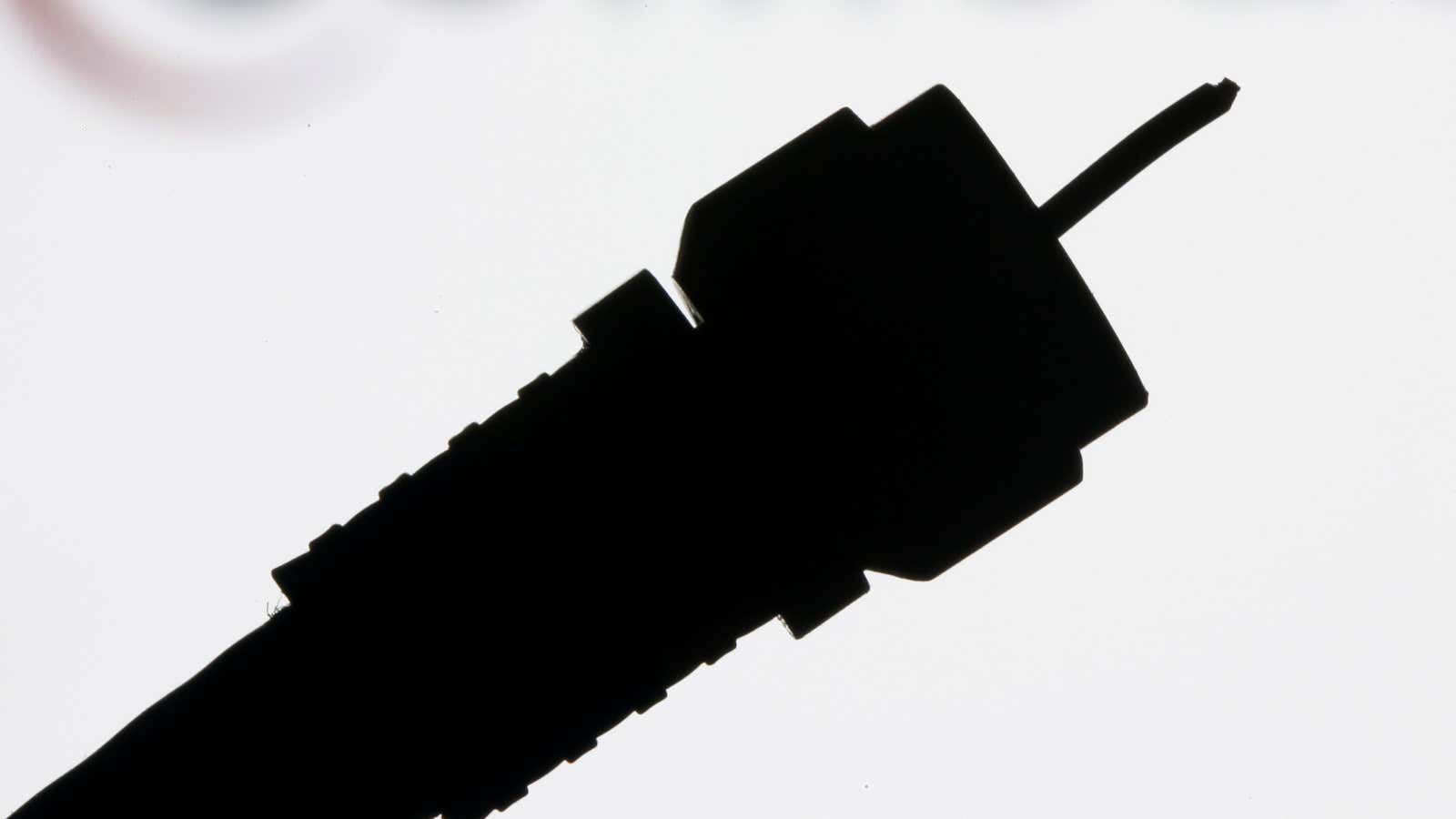Every home could be a mobile home one day.
Internet cordcutters, people who rely exclusively on wireless devices to get their internet, doubled in the last three years, according to data released last week by the National Telecommunications and Information Administration (NTIA) from a survey of nearly 53,000 households. In 2015, 20% of internet households now use mobile gadgets to get all their home internet services, up from 10% in 2013.
The growth of wireless home internet users came mostly at the expensive of broadband connections, including cable, DSL, and fiber-optics. Home broadband use shrank from 82% in 2013 to 75% last year, along with satellite and other connections. Fast mobile devices allowing users to connect their machines through a single wifi hotspot has enabled practical wireless home internet. For heavy data users, and those who want a blazing fast connection, the wireless route is probably still too cumbersome or expensive for most.
Cost appears to be driving part of the trend. Poor households were about twice as likely as high-earning ones to have exclusively wireless home internet. NTIA found 29% of poor households with annual incomes below $25,000 were mobile-only compared to 15% of those earning $100,000 or more. Yet the spread of high-speed mobile plans is also making this attractive across demographics. The number of wireless-only households among high-earners tripled between 2013 and 2015, compared to a doubling among poor households.
